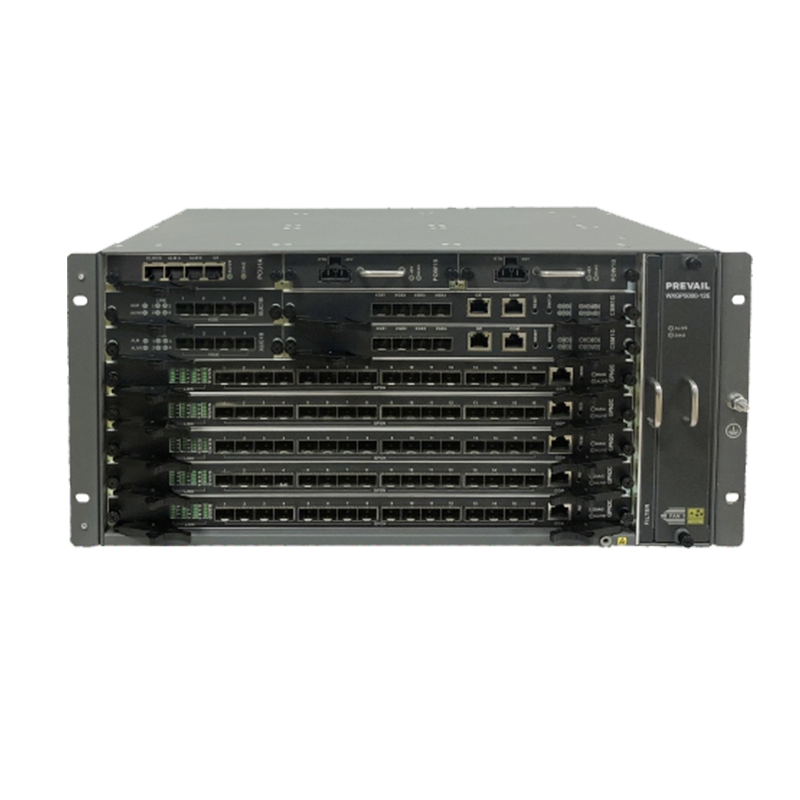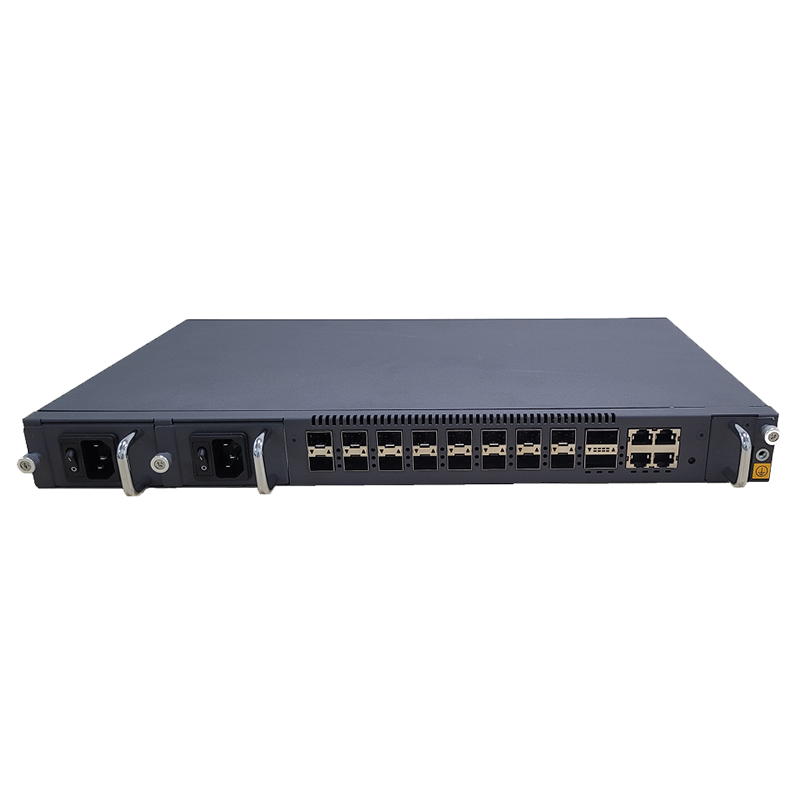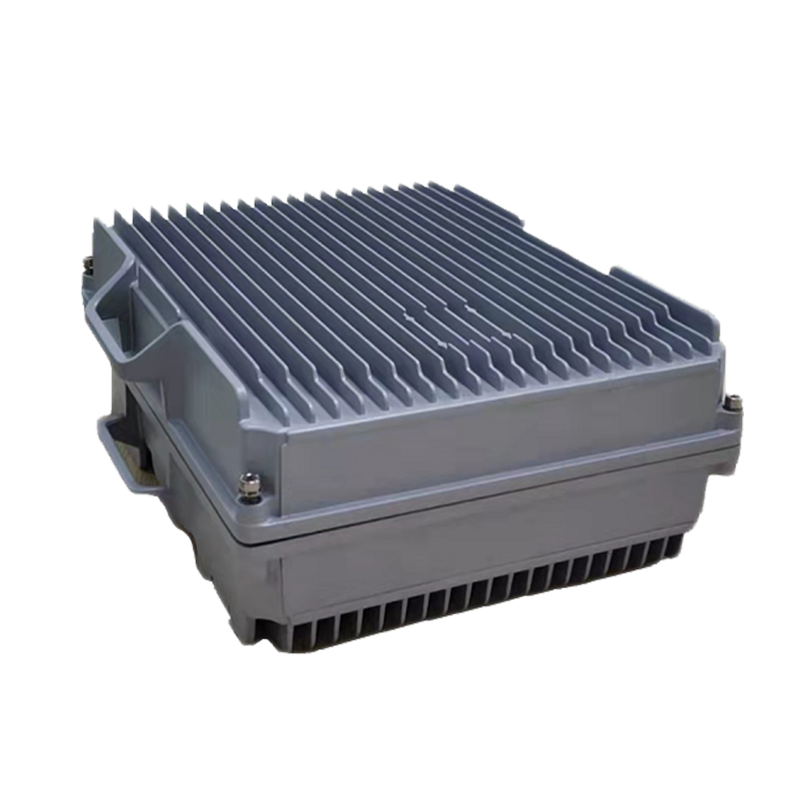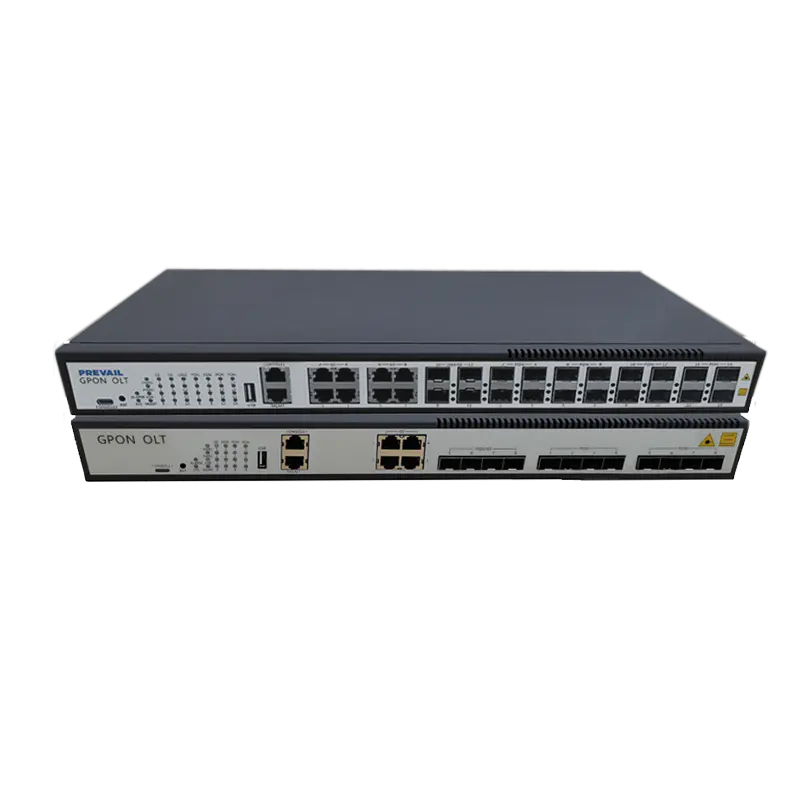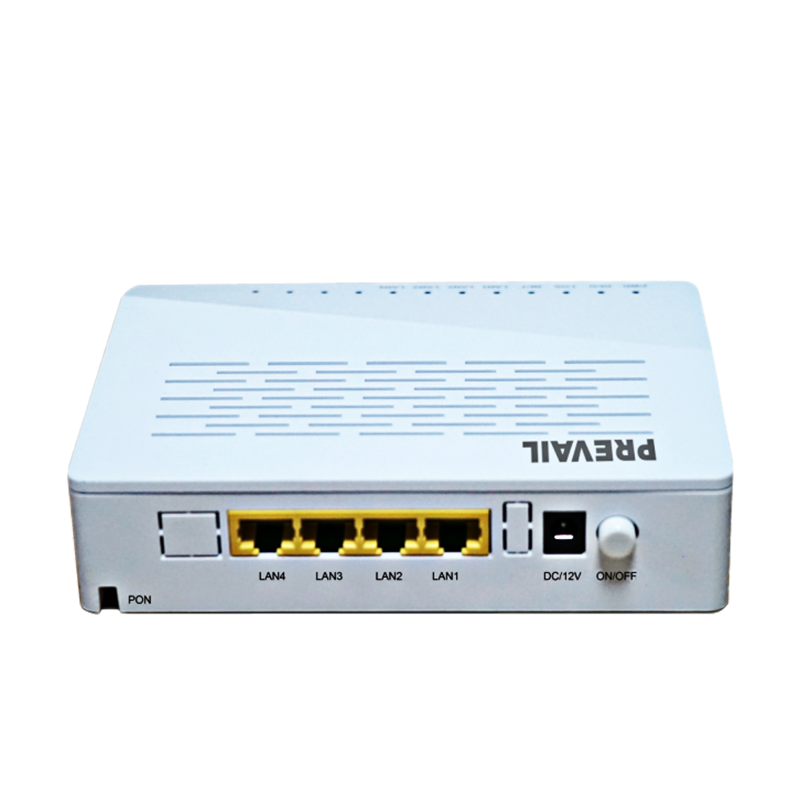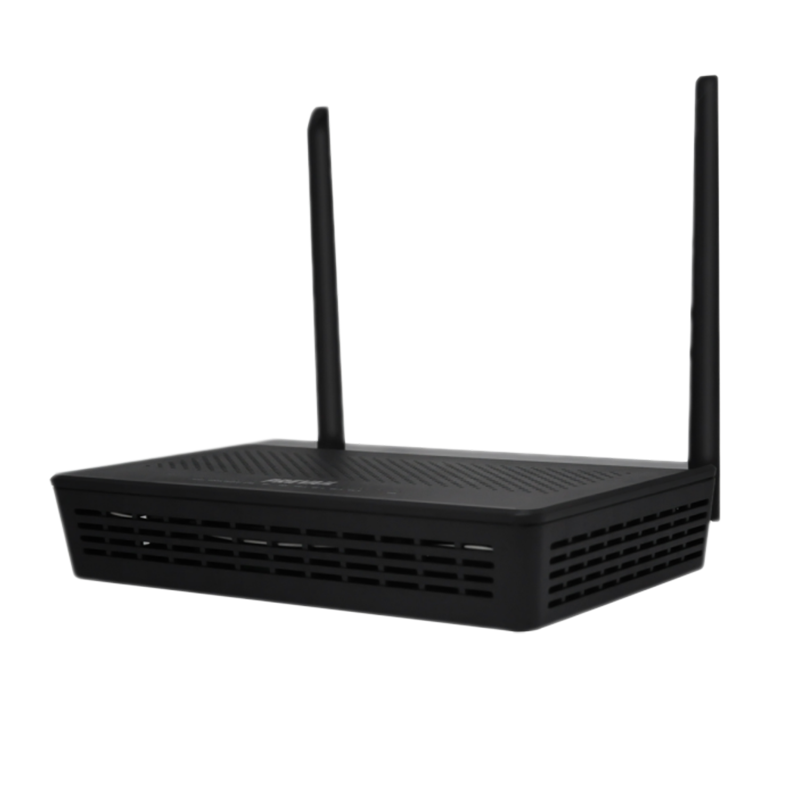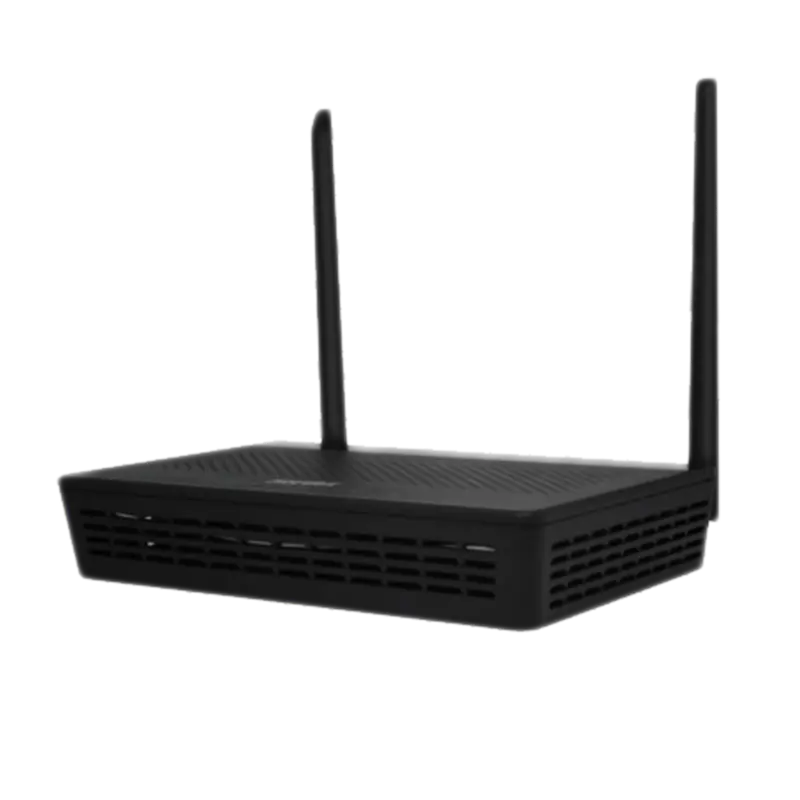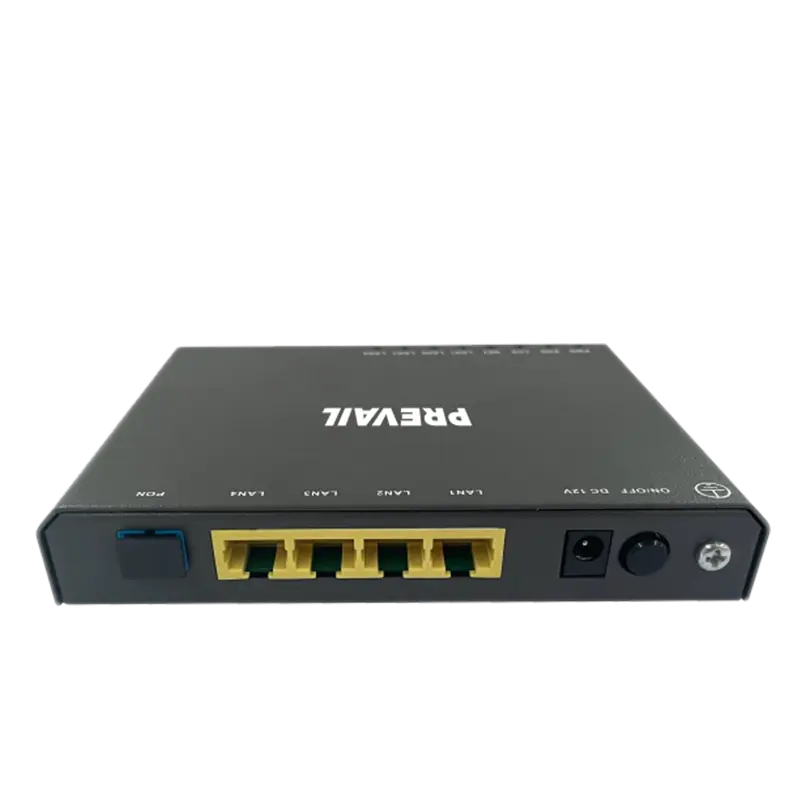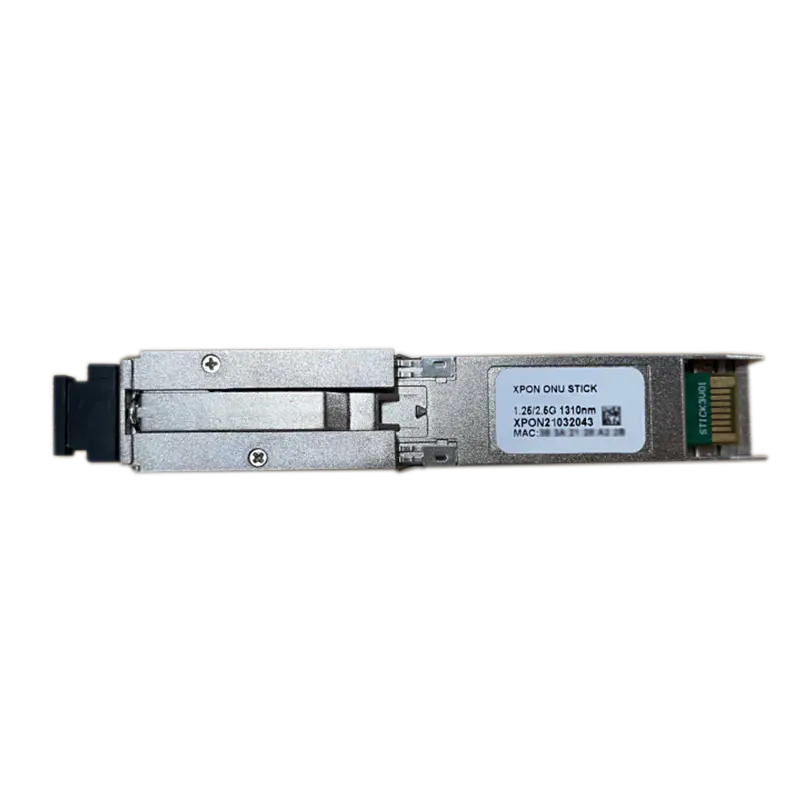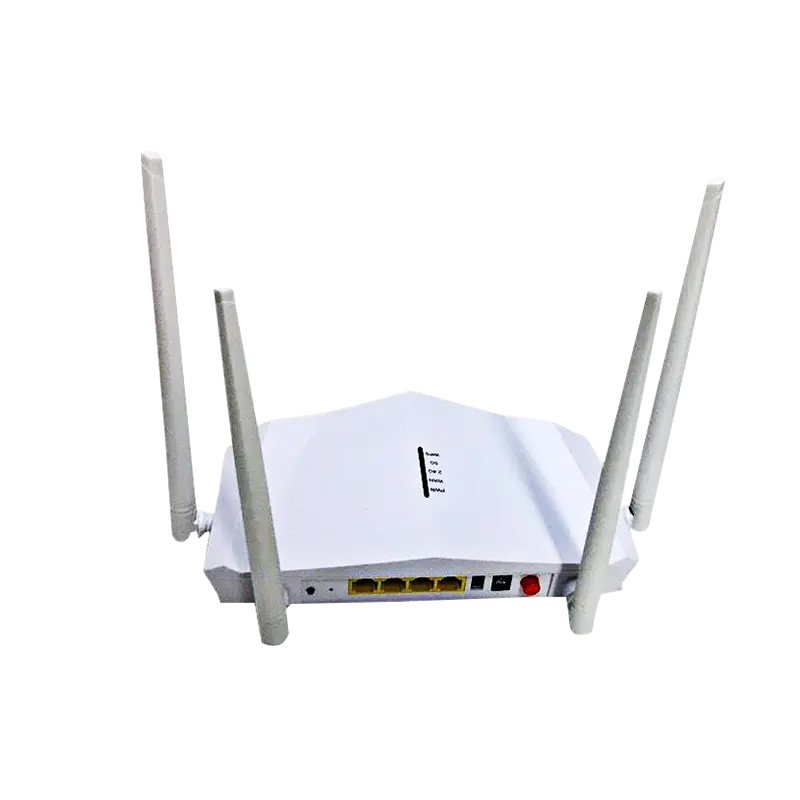The key role and technical advantages of 1550nm optical transmitters in modern fiber-optic communication systems
In the realm of modern telecommunications and data transmission, optical transmitters play a crucial role in enabling high-speed, long-distance communication. Among these, the 1550nm optical transmitter stands out as a key technology due to its efficiency, reliability, and ability to support large bandwidths over vast distances. But what exactly is a 1550nm optical transmitter, how does it work, and why is it so important for today's communication infrastructure? Let’s explore this critical component of fiber-optic networks.
The transmitter typically consists of several components:
Laser Diode : A semiconductor laser that generates coherent light at the 1550nm wavelength.
Modulator : Converts the electrical data signal into an amplitude-modulated or phase-modulated optical signal.
Driver Circuit : Amplifies and processes the input electrical signal to drive the laser diode efficiently.
Optical Connector : Interfaces with the fiber optic cable to transmit the modulated light signal.
The process begins with an incoming electrical data signal, which represents digital information (e.g., internet traffic, voice calls, or video streams). The driver circuit amplifies and conditions this signal before sending it to the laser diode. The laser diode emits continuous-wave light at the 1550nm wavelength, which is then modulated by the data signal using techniques such as:
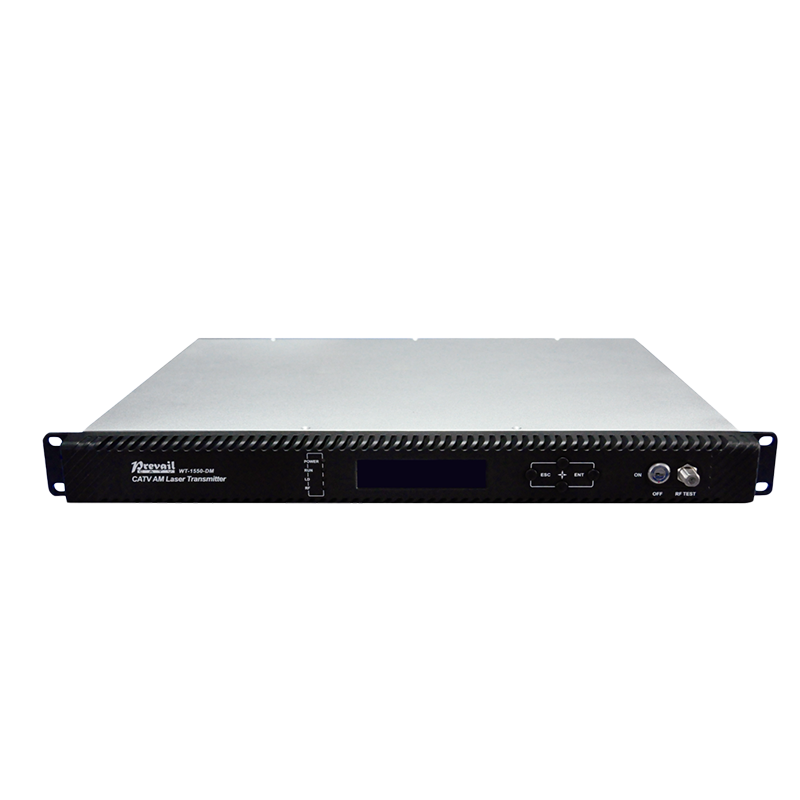
Direct Modulation : The electrical signal directly controls the current supplied to the laser diode, altering its output intensity.
External Modulation : An external modulator (e.g., Mach-Zehnder interferometer) modifies the phase or amplitude of the laser light without affecting the laser itself.
Once modulated, the optical signal is transmitted through the fiber optic cable, where it can travel hundreds of kilometers with minimal attenuation. At the receiving end, another device called an optical receiver converts the light back into an electrical signal for further processing.
The choice of 1550nm as the operating wavelength is not arbitrary—it is based on several advantages specific to this range:
Low Attenuation : Silica-based optical fibers exhibit minimal loss at the 1550nm wavelength, allowing signals to travel longer distances without significant degradation.
Dispersion Characteristics : The 1550nm band falls within the zero-dispersion region of single-mode fibers, minimizing pulse broadening and ensuring higher data rates over extended lengths.
Compatibility with Amplifiers : Erbium-doped fiber amplifiers (EDFAs), commonly used in long-haul fiber-optic systems, operate optimally at the 1550nm wavelength, enhancing signal strength without requiring regeneration.
Wide Bandwidth Capability : The 1550nm window supports dense wavelength division multiplexing (DWDM), enabling multiple channels of data to be transmitted simultaneously over a single fiber.
Telecommunications : Used extensively in backbone networks for transmitting massive amounts of data between cities and countries.
Data Centers : Facilitates interconnection between servers and storage systems within large-scale data centers, supporting cloud computing and big data applications.
Cable Television (CATV) : Delivers high-definition video content to millions of households via fiber-to-the-home (FTTH) networks.
Defense and Aerospace : Utilized in secure military communications and satellite links due to their robustness and immunity to electromagnetic interference.
Medical Imaging : Employed in advanced imaging technologies like optical coherence tomography (OCT) for non-invasive diagnostics.
Challenges and Solutions in 1550nm Optical Transmitter Technology
While 1550nm optical transmitters offer numerous benefits, they also face challenges such as:
Cost : High-performance lasers and modulators can be expensive, especially for DWDM systems.
Power Consumption : Efficient power management is critical for reducing operational costs and environmental impact.
Scalability : As data demands grow exponentially, maintaining cost-effective scalability becomes increasingly complex.
To address these issues, researchers are continuously exploring advancements in materials science, integrated photonics, and manufacturing techniques. For example, silicon photonic platforms promise lower-cost solutions, while advanced modulation formats (e.g., quadrature amplitude modulation, QAM) enhance spectral efficiency.
The evolution of 1550nm optical transmitters is driven by the insatiable demand for faster and more reliable connectivity. Some emerging trends include:
Coherent Transmission : Combining advanced modulation schemes with digital signal processing to achieve ultra-high data rates exceeding 400Gbps per channel.
Integrated Photonics : Miniaturizing optical components onto chips to reduce size, weight, and power consumption while improving performance.
Artificial Intelligence (AI) : Leveraging AI algorithms for real-time monitoring, optimization, and predictive maintenance of optical networks.
Quantum Communication : Exploring the use of 1550nm wavelengths for quantum key distribution (QKD) systems, paving the way for ultra-secure communication protocols.





